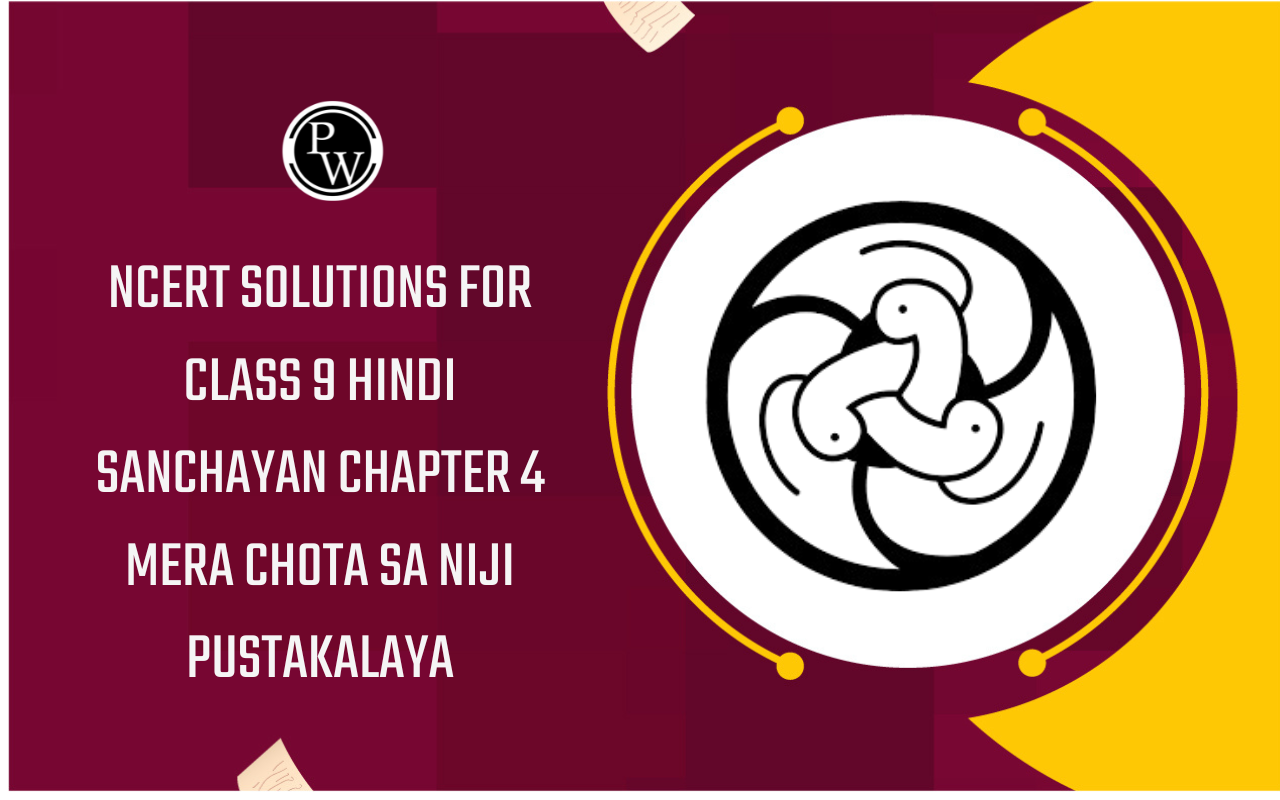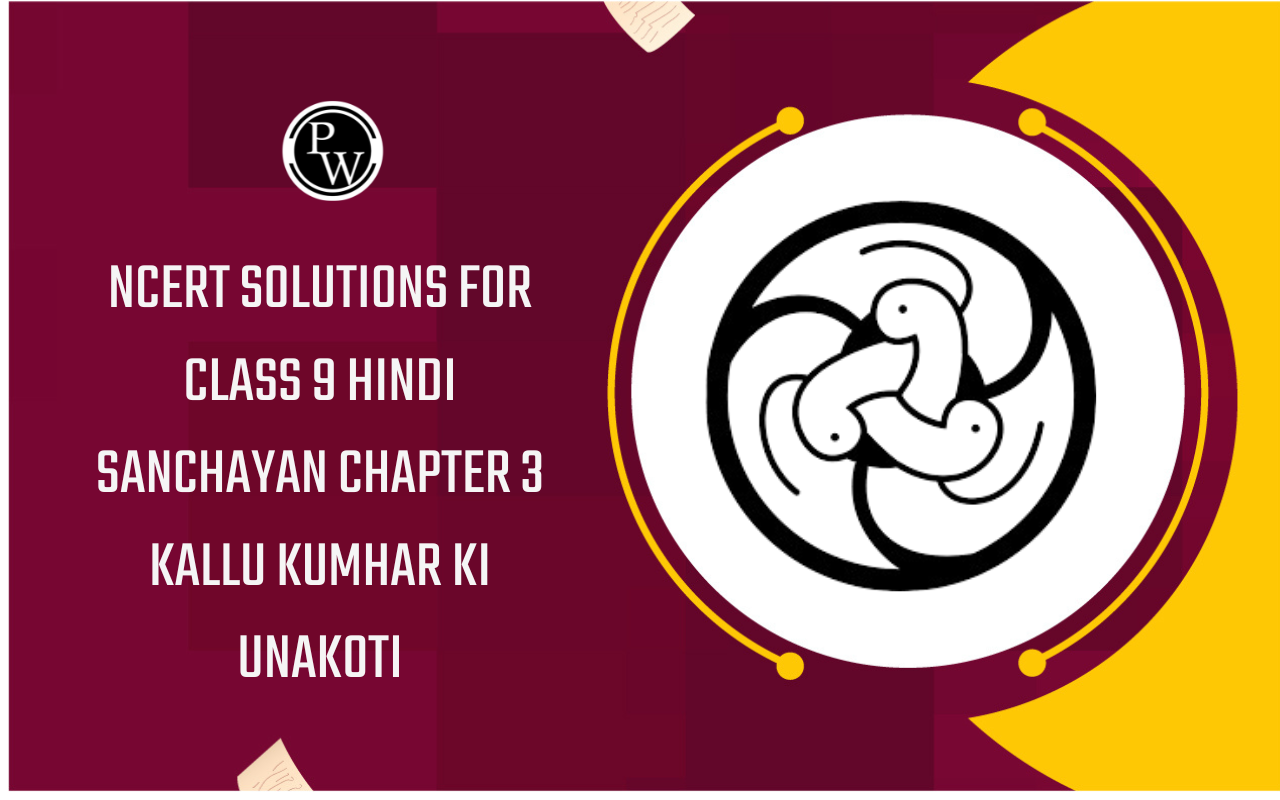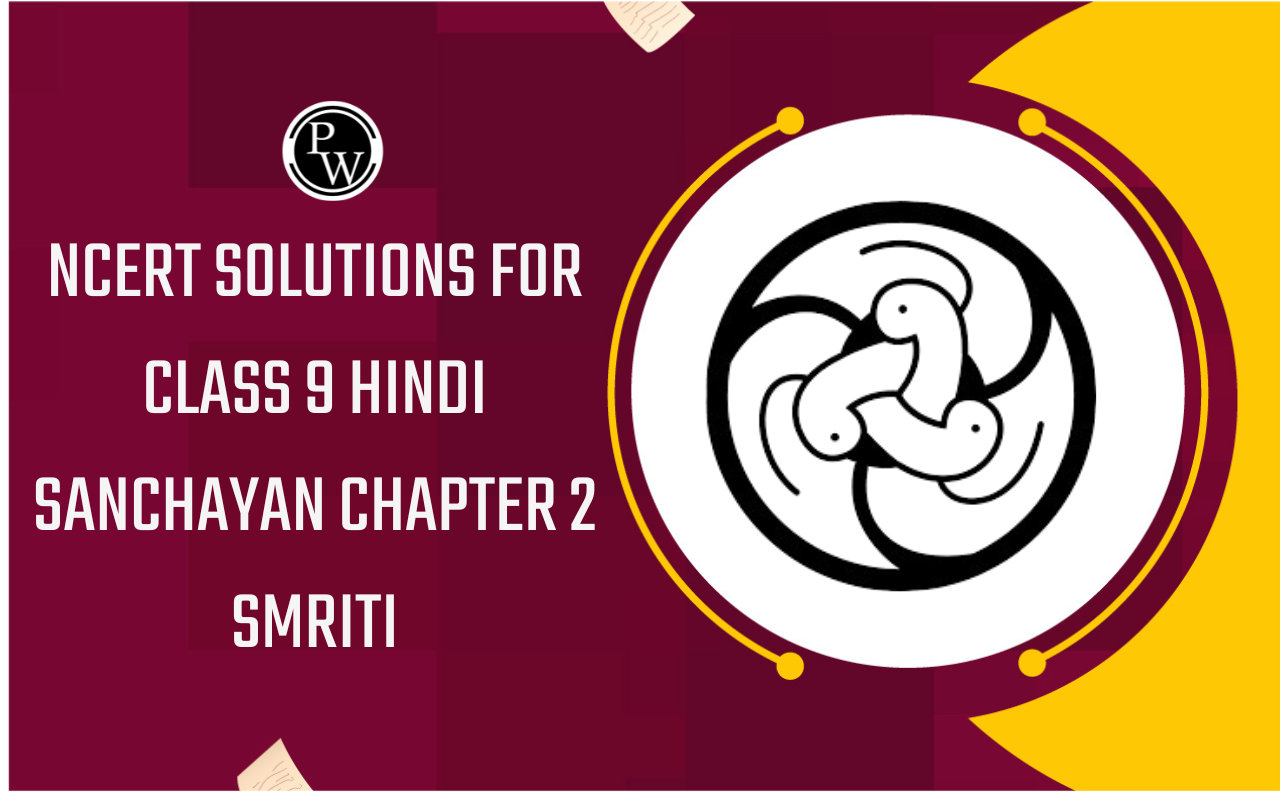
Introduction
Water of Class 6
Introduction
Water is a liquid which forms rain and fills rivers, ponds, and the sea (or oceans). Water is in the ground and in the air which we breathe. Water is everywhere. Water is one of the most common and useful substances around us. Water is essential for life. All the living things (plants and animals) need water to live. If water is not available to plants and animals, they will ultimately die. Without water, there would be no living things on this earth. We (human beings) cannot live without water. We need water for drinking, cooking food, washing utensils, cleaning floor, brushing teeth, bathing, washing clothes, flushing toilets and watering plants. We have listed here the various activities for which we use water in homes. In fact, water is used for a large number of purposes in different fields. This will become clear from the following discussion.
Uses of Water
Some of the important uses of water in different fields are as follows :
- Water is used in homes for drinking, cooking food, washing utensils, cleaning floor, brushing teeth, bathing, washing clothes, flushing toilets and watering plants. These are the domestic uses of water. The consumption of water by a person depends on his living standard. As the living standard of a person improves, his requirement of water also increases. Water is also used by animals for drinking purposes.
- Water is used in agriculture for growing food. The farmers grow various types of crop plants in fields to obtain wheat, rice, pulses, fruits, vegetables and many other food items. Water is needed to grow all kinds of crop plants which provide us food. The growing of plants like cotton and jute, which give us fibres, also needs a lot of water. In fact, the largest amount of water is used for irrigation of crops in agriculture. This is because the water requirements of food producing plants are very high. An idea of the high water requirements of crop plants can be had from the fact that about 1500 litres of water is needed to grow wheat plants which ultimately produce 1 kilogram of wheat grains and about 4500 litres of water is required to grow paddy plants which finally produce 1 kilogram of rice grains. Water of ponds, lakes and rivers is used for growing fish (which is used as food by many people).
- Water is used in industries for producing almost all the things that we use. The making of paper, cloth, medicines, chemicals, bread, biscuits, and many, many other things in industries requires a lot of water. For example, the making of paper used in each page of this book has consumed about 2 glasses of water in the paper mill.
- Water is used to keep things cool. For example, water is used in the radiators of vehicles (like cars, buses and trucks) to keep their engines cool.
- Water in the rivers and the seas is used for transporting passengers and goods from one place to another by boats, sailing boats, motor boats and ships.
- Water of rivers and the sea helps in the dispersal of seeds of several plants and trees. This happens as follows: The seeds of various plants and trees located near the banks of rivers and sea- shores fall on the water of rivers and the sea. These seeds float on water and are carried away to far away places. When these seeds reach the land, they germinate to produce plants and trees in that area. In this way, several varieties of plants and trees spread from one place to another.
- Water is used to generate electricity. At a hydroelectric power plant, water stored in a high dam is allowed to fall gradually from a great height. This fast moving water turns the turbines (water-wheels), rotating turbines then run the generators which produce electricity. At thermal power plants, water is boiled to make steam (by burning coal, oil or gas). The high pressure steam turns the steam turbines. The rotating steam turbines run the generators which produce electricity.
WHERE DO WE GET WATER FROM
The place from where we get water is called a source of water. The water which we use is obtained from sources such as : Rivers, Lakes, Ponds, Wells and Springs. The water which we get in taps in our homes comes from rivers, lakes or tube-wells. The water drawn from rivers, lakes and tube-wells is first purified and made germ-free. This water is then supplied to our homes through a net-work of pipes. Those of us who live in cities get our water through taps but the people living in villages may be drawing water from rivers, lakes, ponds or wells directly. So, although each one of us may be getting water into our homes in different ways but ultimately all of us get water from the same sources such as rivers, lakes, ponds and wells. The water of rivers, lakes and ponds contains some suspended impurities, soluble impurities and germs (like bacteria). So, the river water, lake water and pond water is not fit for drinking as such. It has to be purified first. An important question now arises: Where does the water come from to fill the rivers, lakes, ponds and wells? This is described below.
- The rivers get their water from the melting of snow lying on the peaks of snow mountains (called glaciers) and also from rains.
- Lakes, ponds and wells get their water from rains. Thus, the two major sources of water on land are glaciers (snow mountains) and rains. Though the water formed by the melting of snow of glaciers is very pure in the beginning but it gets contaminated with impurities when it flows in rivers. Rain water is the purest form of natural water. Rain water is not salty. It is fit for drinking. Rain water also becomes contaminated and impure when it flows into rivers, lakes and ponds. Some of the rain water which falls on earth seeps through the soil and goes down under the surface of earth. Ultimately this water is stopped by some rocks and collects there. This underground water can be taken out by digging a 'well' into the ground, is called well-water. The well-water contains some dissolved salts in it. It may also contain some germs it. The water of a deep well is usually fit for drinking. The place where underground water comes out on surface of earth on its own is called a spring. Spring water is also fit for drinking. Please note that rivers, lakes, ponds, wells, springs, rain and glaciers are called fresh water sources. Their water does contain much dissolved salts. Thus, the water of rivers, lakes, ponds, wells, springs and the rain, etc., not saline (not salty).
More than two-thirds of the earth is covered with water. Most of this water is in oceans and the seas (A big sea is called an ocean). In fact, the maximum amount of water on the earth is in oceans. So, the largest source of water on the earth are oceans. Oceans cover more than two-thirds surface of the earth. Water in the oceans and seas has large amount of salts dissolved in it due to which the ocean water (or sea water) is highly saline or salty. Being highly saline (or salty) ocean water or sea water is not fit for drinking, other domestic purposes, agriculture or industrial needs.
Ocean water (or sea water) is the most impure form of natural water. It is very expensive to purify sea water and make it fit for drinking purposes. Oceans and seas are not fresh water sources.
Oceans, however, play an important role in supplying the fresh water which we use. It is from the salty water of oceans that we get non-salty fresh water by a natural process called water cycle. It is the water cycle in nature which converts highly salty ocean water (or sea water) into pure water which then freezes to form snow on high mountains, falls on earth as rain, flows into rivers, fills lakes and ponds, and also seeps into ground to provide us well water.
STATES OF WATER
In order to understand water cycle, we should first know the various physical states in which water can exist under different conditions. This is discussed below. Although we normally think of water as a liquid but water can also be a solid or gas under appropriate conditions. The ice which we take out from the freezer of a refrigerator is 'frozen water' (or 'solidified water'). So, ice is solid water. In other words, ice is the water in solid state. The water which falls from the sky as white flakes of ice during winter in extremely cold regions is called snow. Snow is also solid state of water. The water which flows from the tap is a liquid. Thus, tap water is the liquid state of water. Most of the water around us is in the liquid state. Water vapour is the 'gas state' (or 'gaseous state') of water. Water vapour is present in air. Since water vapour is a colourless gas, we cannot see water vapour in air. Thus, water vapour in air is the water in gas state. Very hot water vapour is called steam. Steam is also gaseous state of water.
We can make steam ourselves. If we heat some water in a beaker continuously by keeping the beaker over a burner, then after some time the water starts boiling to form steam. From the above discussion we conclude that 'ice', 'water' and 'water vapour' are the same substance but they are in different physical states : ice is a solid, water is a liquid whereas water vapour is a gas. Thus, water can be solid, liquid or gas. In other words, water can exist in three states: solid, liquid and gas.
Water can be changed from one state to another by heating or cooling. For example :
- When ice (or snow) is heated, it melts and changes into water.
- When water is cooled too much, it freezes and changes into ice (or snow).
- When water is heated, it evaporates and changes into water vapour.
- When water vapour is cooled, it condenses and changes into liquid water.
During water cycle in nature, water goes through the changes of state. Actually, the water cycle in nature involves many physical processes such as evaporation, transpiration, condensation, freezing and melting, etc. So, before we describe the complete water cycle in nature, we will first study the various processes involved in it. Please note that the heat energy required to run water cycle in nature is provided by the sun.









